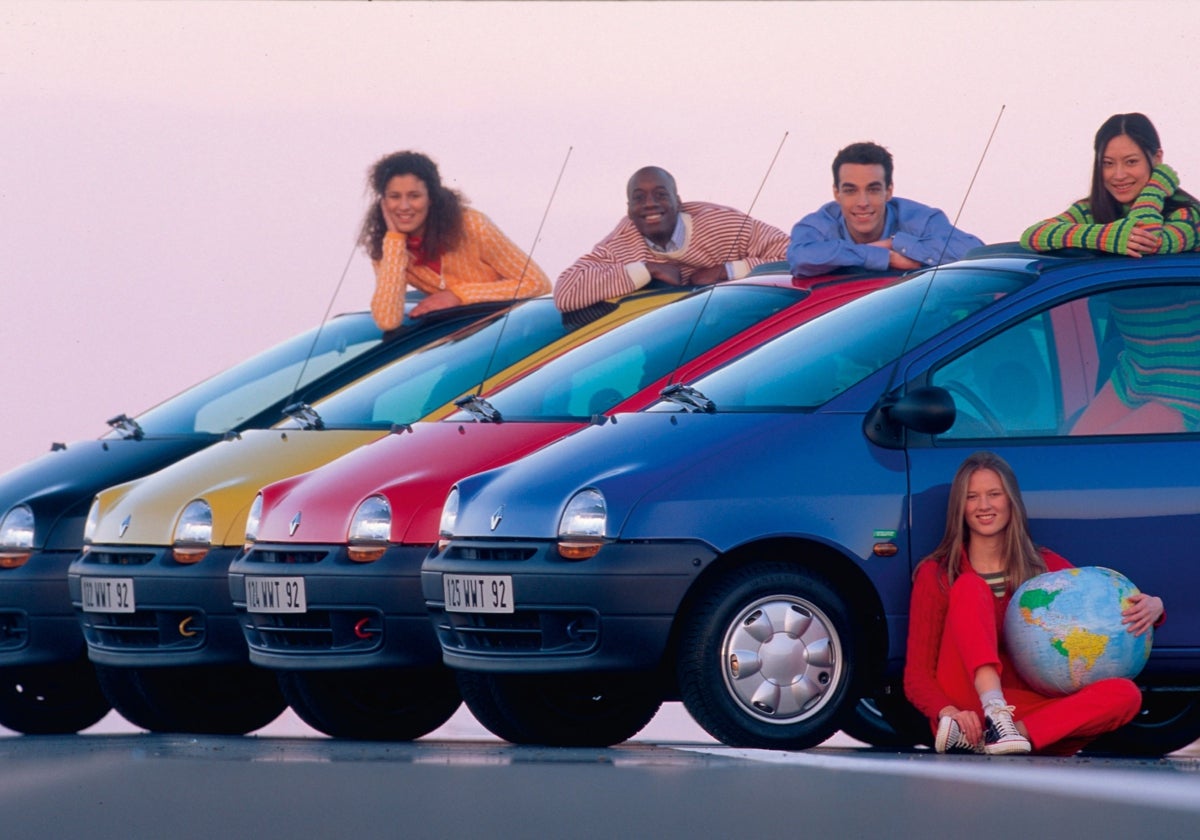The climate law, which will come into effect from 2023, will affect at least 149 municipalities with more than 50,000 inhabitants and some 25 million Spaniards
Spanish cities with more than 50,000 inhabitants -and in some cases in municipalities with more than 20,000 inhabitants- must have a Low Emission Zone (ZBE) by 2023, with the aim of complying with the Climate Law, which will affect at least 149 Spanish municipalities .
However, 3 out of 4 cars in these municipalities are internal combustion engines, without any form of electrification, as evidenced by the MSI data for Sumauto, a specialist in vertical car portals integrating Autocasión, AutoScout24 and Rentingcoches, among others, released on the occasion of the first edition of the MOBS mobility event.
This panorama leaves in the air what will happen to the free urban traffic of cars with labels A, B and C that usually circulate daily through these municipalities, where more than 25 million people live, that is 53% of the inhabitants of our country , according to data from the National Institute of Statistics (INE).
On the other hand, in the absence of knowledge of the regulations of each municipality, a priori only one in four cars could have facilities to drive through the central almonds. In particular, hybrids in their various forms account for 18.4% and, with much more residual shares, electric vehicles 3.9% and, finally, LPG/CNG cars, 2%.
With a view to increasing citizens’ accessibility to the central almonds and their ZBE, the long-term vehicle rental modality is proposed as one of the formulas that will allow to accelerate the electrification of the park and its obsolescence can be reduced (13.5 years average age) and thus the emission levels.
In this sense, more than 600,000 rental vehicles are circulating on Spanish roads, leading the contribution of ‘ECO’ vehicles to the fleet at 15.5% of the total. At the same time, this fast-growing long-term rental mode is also the leader in the average emissions rating with 119.8 g/km CO2, which is below average (138.2).
Currently, one in four registrations in our country comes from renting, according to the AER, and MSI forecasts suggest that this will be the gateway to mobility that will grow the most in 2022, up 17% from 2021.
Sumauto recalls that the final decision on the application of the law will be up to each city council, although the legal text specifies that access, traffic and parking restrictions will be applied based on the classification of vehicles according to their emission level, for which those of the combustion will be completely affected.
In addition, as a side note, the legislation opens the door to measures that also apply to municipalities with 20,000 to 50,000 inhabitants when the limit values for regulated pollutants are exceeded, which may extend their scope.
According to Íñigo Breña, director of Rentingcoches.com, the rental portal of Sumauto, “rental will play a fundamental role in the consolidation of the electric car in our country. The accessibility, flexibility, comfort and tax advantages offered by this modality form a perfect formula for overcoming access and circulation restrictions such as the ZBE. However, this change must be accompanied by infrastructure improvements, such as charging, as it is estimated that nearly 40,000 places will need to be electrified in municipalities with more than 20,000 inhabitants.
Source: La Verdad
I am Ida Scott, a journalist and content author with a passion for uncovering the truth. I have been writing professionally for Today Times Live since 2020 and specialize in political news. My career began when I was just 17; I had already developed a knack for research and an eye for detail which made me stand out from my peers.



